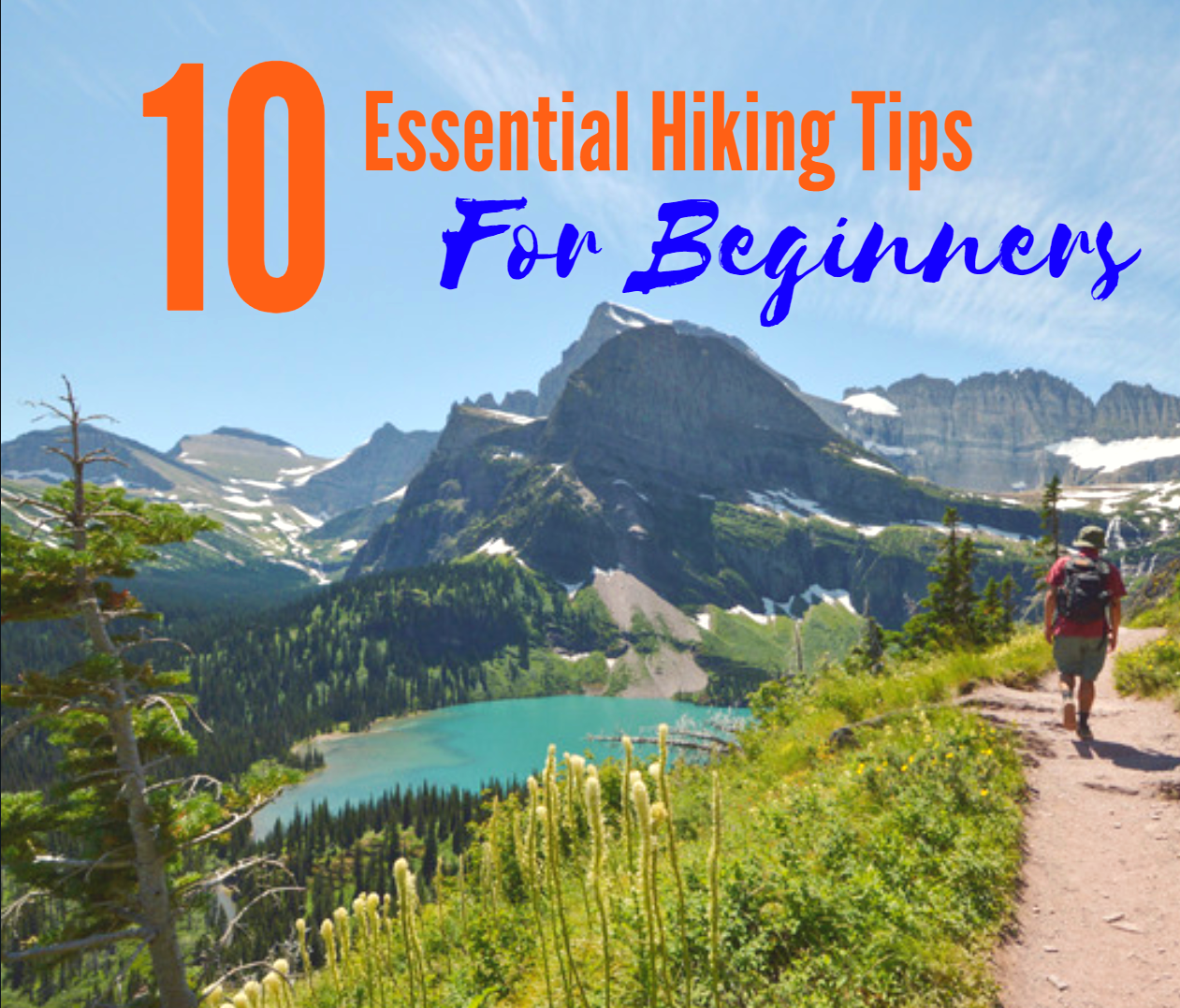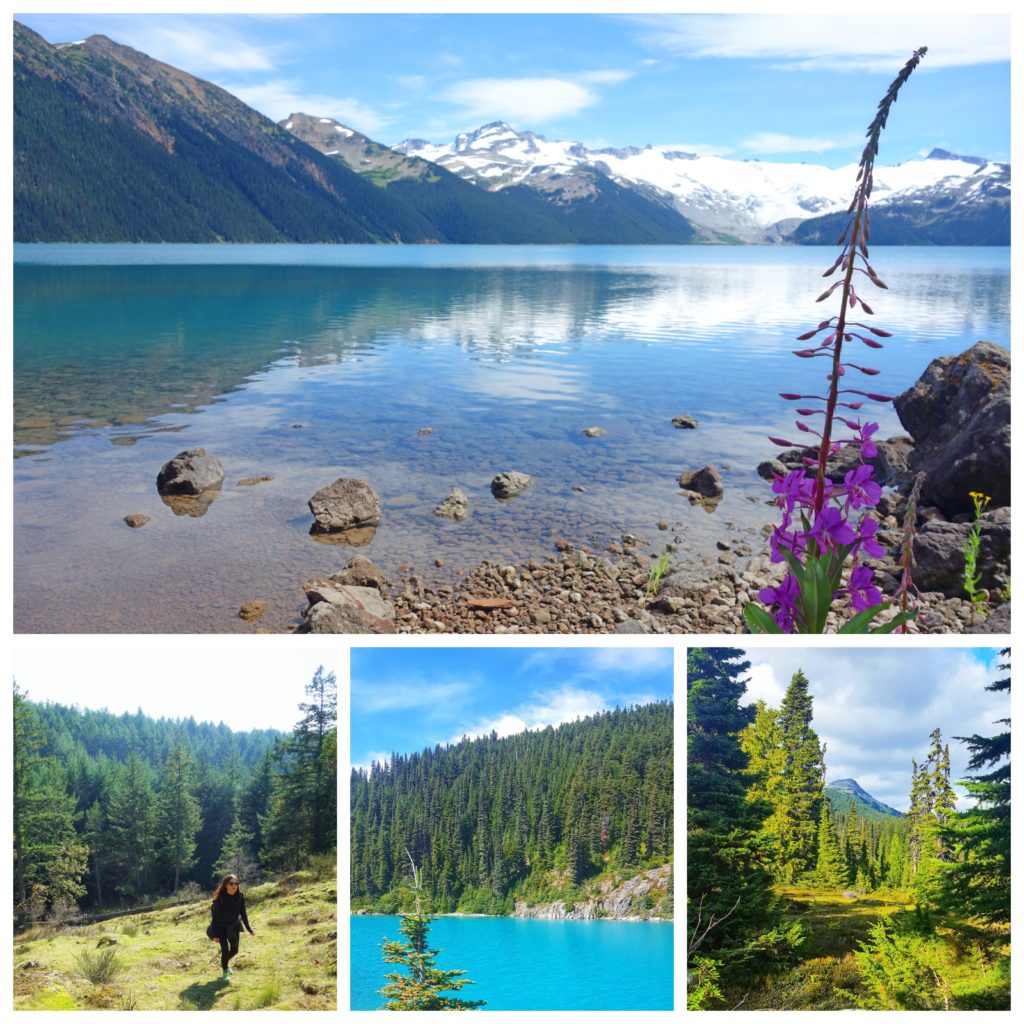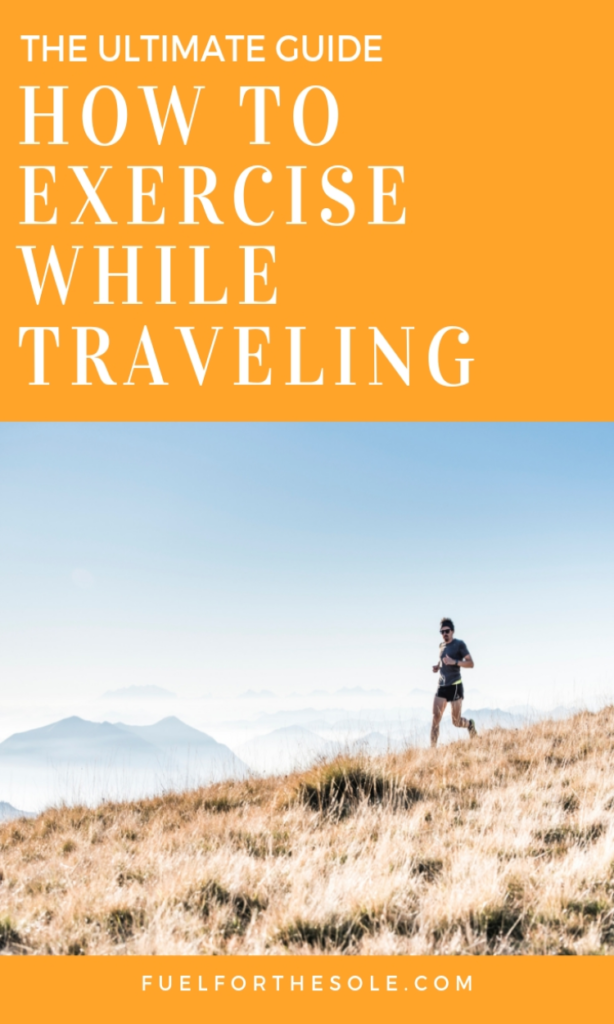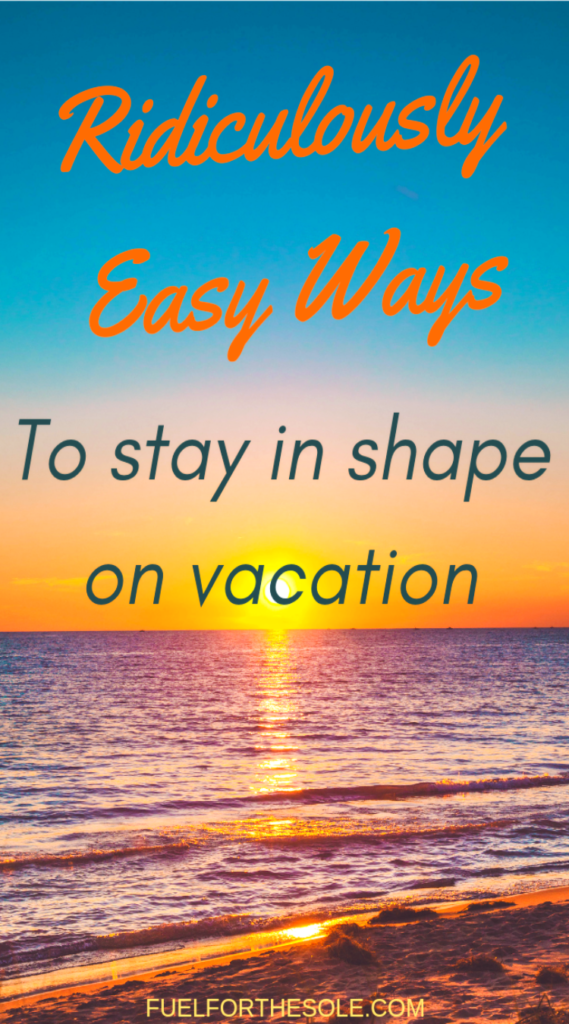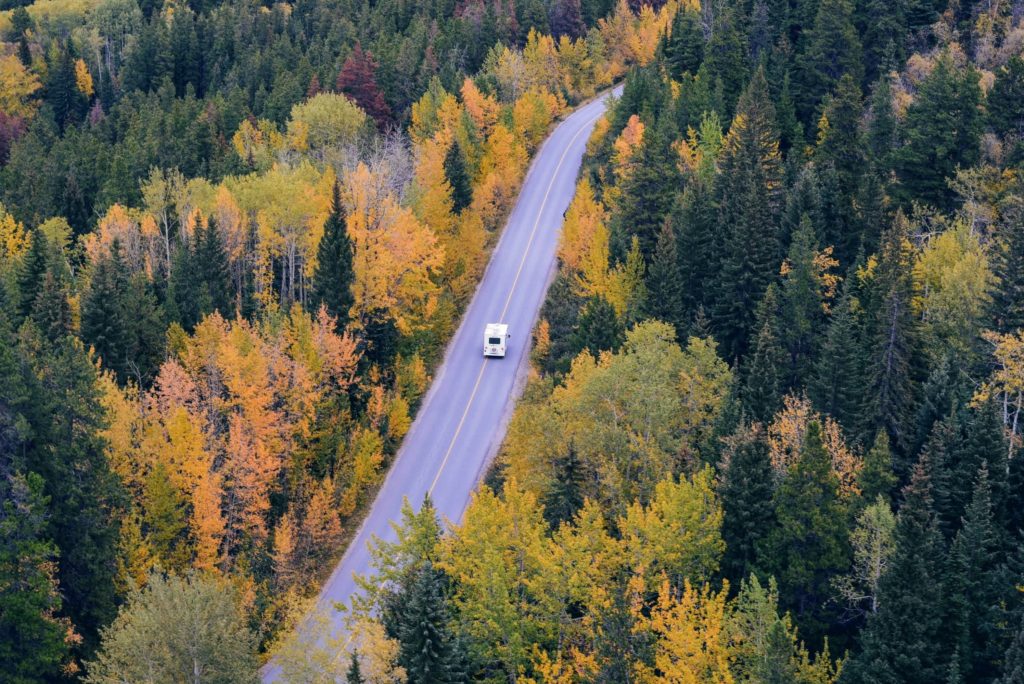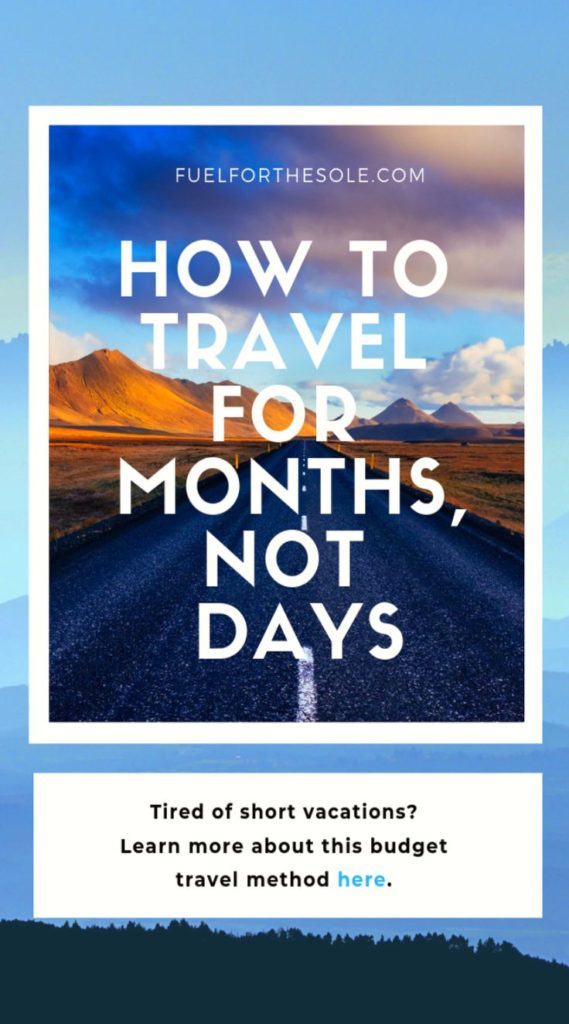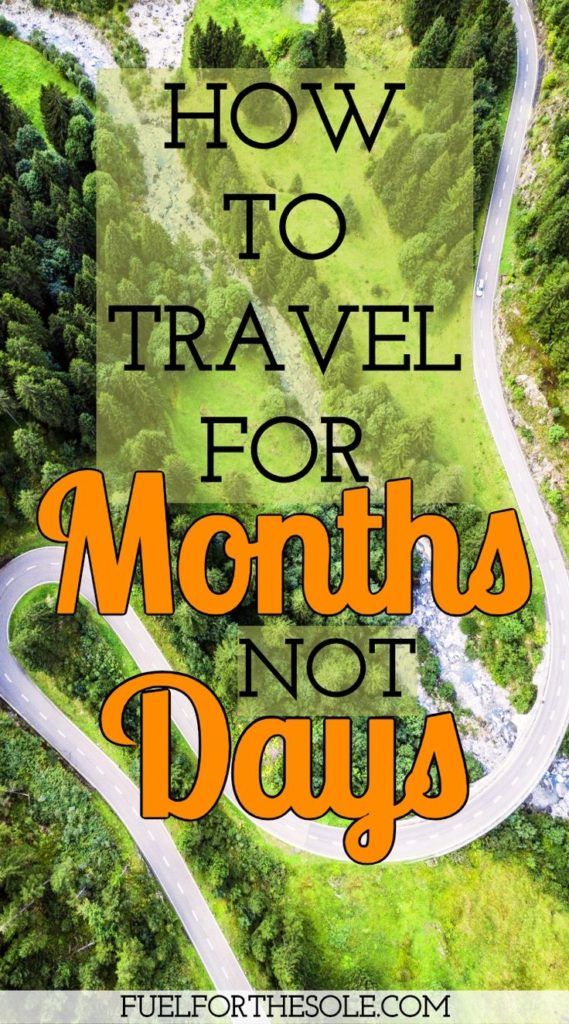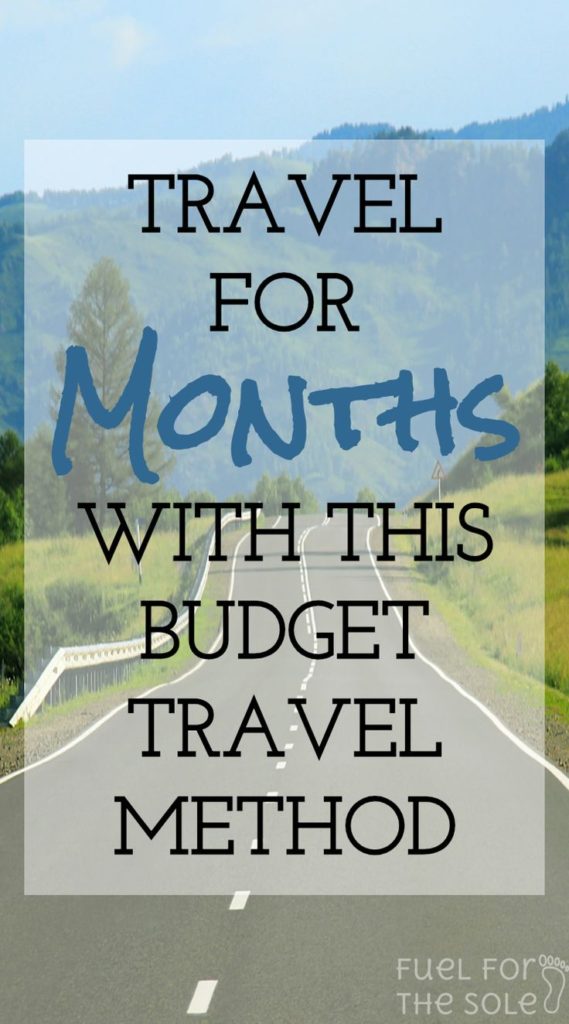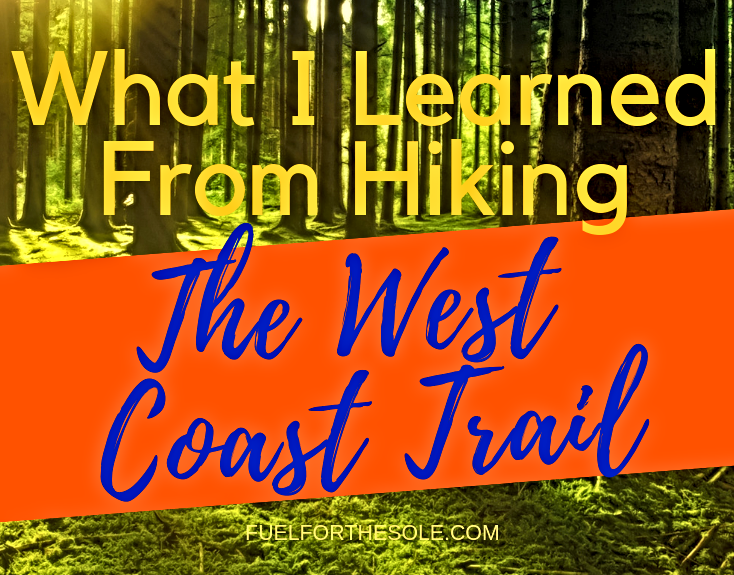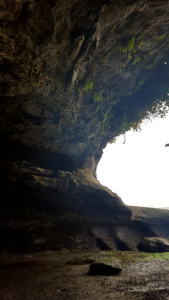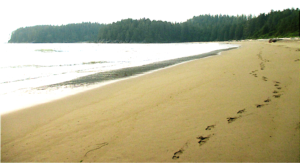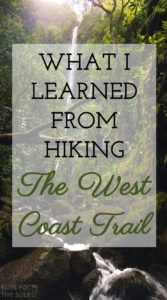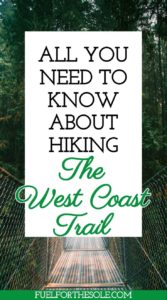Hiking is our passion here at Fuel For The Sole. But we know not everyone has found their love for the outdoors. So we want to make the outdoors more accessible to everybody. No matter your skill level or experience. Let’s chat about hiking for beginners.
We partnered up with Emily Pham for this post. Emily was born in Vietnam and runs the blog site Vina.com. Her goal is to introduce the elegant beauty of Vietnam to the world and provide essential information on where to go and what to do in this amazing country. Emily is a hiker too and wanted to share her guide on the essential gear to bring, safety tips and how to avoid common mistakes on day hikes and overnight hikes.
If you are a beginner hiker, what are some concerns you have about being outdoors? Let us know your questions in the comments below, so we can help address them for you. 👍
Our Guide to Hiking for Beginners
Are you taking your very first step into hiking?
Hiking is not only an effective low impact workout but is also the best way to explore the beautiful features of unspoiled nature. When you decide to begin hiking, of course, you will wonder what are the essential things to prepare for a long walk.
For example, if you are making a plan for a hiking trip, mountains are one of the ideal places to explore. But how does one prepare for a trip like this? How do you ensure your safety?
Every beginner may sometimes feel confused when starting to prepare. Do not stress yourself out too much. Take a look at our 10 essential tips for hiking for beginners. It is always better to prepare than do nothing.
1. Check the Weather Forecast
In fact, the weather is one of the most important key factors on your hike. It can even determine the success of your trip.
As you can imagine, certainly awful weather such as snowstorms, heavy rains, dense fog, and poor visibility will never be convenient for hikers. Even if you prepare carefully, you may still have some unexpected problems. Therefore, it’s so much better to check everything first, especially the weather.
To plan for your hike, you should check the weather forecast a week before, or at least a couple of days in advance. This will help you to choose the best time to start your journey and to choose suitable clothing.
You can also change your plans if the weather is terrible and rearrange a hike for when the weather is better.
2. Bring Essential Gear
What kinds of items should you bring along on the trail?
The essential things that you should pack depend greatly on how many days you plan to spend hiking and how remote your hike is.
The following items are essentials you should consider bringing on any hike. Whether it’s a day hike or a multiday hike. These pieces of gear will help you to stay safe outdoors:
- Map and compass – consider a paper map rather than a map on your phone. A phone can lose service or power easily.
- Sunscreen, sunglasses and bug spray
- First-aid kit
- Flashlight and extra batteries
- Extra clothes/layers and socks
- High energy food and snacks
- Water and water filter
- Emergency tent and blanket – We love the ‘Don’t Die in the Woods’ 2-person survival tent and emergency blankets. They weigh only 9.5 ounces so they are easy to throw in any bag.
- Garbage bag
- Firestarter (candle, lighter)
- Repair tools
3. Take A Real Compass
Instead of using a compass application on your phone, you should bring along and know how to use a real compass.
Actually, even for experienced hikers, it is possible to get lost on the trail. Just imagine that you are stuck in a bad situation, deep in the woods where you can’t access your phone and Wi-Fi to run the app. You will definitely find that using technological devices is not enough to help you overcome that difficulty. Therefore, knowing how to use a real compass is one of the necessary skills that you should learn when starting to get into hiking.
4. Choose A Good Camping Site
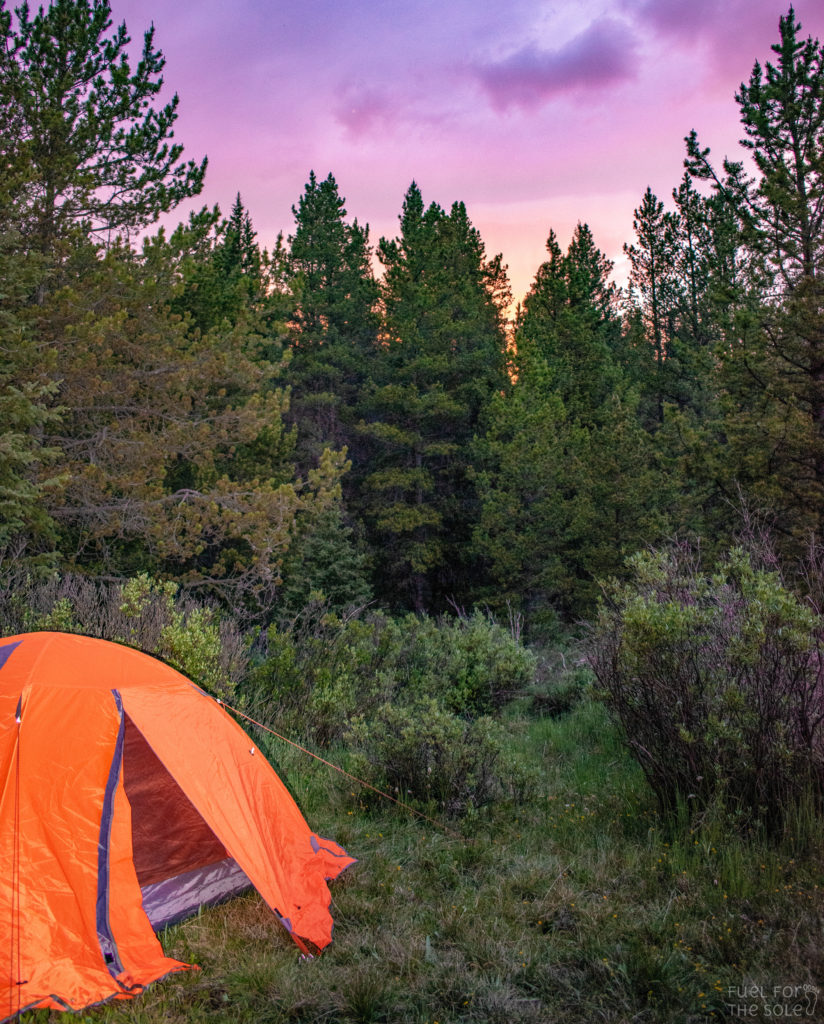
If you are about to take a multi-day hike, especially as a beginner, there are some key things to note. A main one being how to find the ideal place to camp.
To find a perfect place to set up your tent, you should choose a spot which is generally dry and at least 3 kilometres away from marshlands. Look for an area surrounded by trees so it will be less windy and protected from the weather.
You will also want to find a relatively flat area. You should avoid picking a place with lots of stones or sticks covering the ground. This will be a much more comfortable sleep.
And try not to set your tent up on a thick carpet of plants. There are many living things in there that you certainly will not be happy to see.
Are you an outdoor enthusiast like us? While you’re here, check out our other outdoor posts:
- ‘Your Day Hiking Essentials Packing List’
- ‘How to Get in Shape for Hiking’
- ‘The Essential Backpacking Packing List’
- ‘Hiking Food Ideas for Healthy Snacks and Meals’
- ‘The Ultimate Camping Packing List – With FREE Printable’
- ‘10 of the BEST Budget Sleeping Bags’
5. Know How to Get Clean Water and Bring Food
You can find it easy to get fresh water from natural sources in most situations. Before going for a hike do your research. Get a map of the area and ask local people about the information on water resources. You will also have to learn how to use and carry a water filter. It will be beneficial for you in case you cannot find a place that has clean water. Our top recommendation for water filters, as always, is the Sawyer Products Water Filtration System. This filter allows you to drink water from any fresh water source and it is very lightweight to carry.
In terms of food, you should bring along some essential foods and snacks like fruits, cereals, energy bars and nutrition bars. Energy bars are highly recommended food for hikers to bring because they are easy to pack and give your body enough energy for hiking. Even if you are planning a short hike, always bring along some food in case the trip goes longer than planned.
If you are on a longer trip, going hunting or fishing is one of the best ways to get fresh food when hiking. Of course, you must ensure the meat is clean to prevent the growth of disease-causing microorganisms before you eat them.
6. Learn How to Make A Fire

If you do not know how to light a fire, you need to learn as soon as you can before starting to hike. Fire can be a saviour if you get stuck out in the woods. Having a fire will ensure you can keep yourself warm in the colder weather, especially if you lack warm clothes and blankets. You can also use the fire to cook food on if you have not carried a camping stove.
Campfire is also one of the spotlights when camping because people love to sit together around the fire to sing, share their own stories and talk about life.
You can learn this important skill on the Reserve America website.
7. Know Basic First Aid Skills
First aid knowledge is very valuable and is something that people should have if you are a hiker or not.
As you can imagine, when you go hiking, there is a potential for small or severe unexpected injuries. By knowing some basic first aid skills, it will help you to treat the injuries as effectively as you can and prevent them from getting worse. Therefore, you can ensure your own health and your teammates’ health during the hike.
You can improve your first aid skills by purchasing a book like the ACEP First Aid Manual and carry it with you on a hike. You can also look into local first aid courses taught in your city. Check out the Red Cross website for a course near you.
If you are new to the world of hiking and trekking, there may be some key pieces of gear you need. Remember that safety and comfort are top priorities when you are in backcountry areas. Here are our ‘Top 5 Must-Have Items for Multi-Day Backpacking Trips’:
- BAFX Products Trekking Trail Poles – do not attempt an advanced trail without trekking poles. These things will save your joints from high impact which will keep you hiking longer, safer and happier.
- Cobiz LED Headlamp – Flashlights are so last year.
- Geertop Lightweight Compact Mummy Sleeping Bag – our favourite budget sleeping bag 😊
- Trekology Camping Pillow – At less than 3 oz., this luxury item will significantly improve your rest and recovery.
- Sawyer Products Water Filtration System – lightweight and effective!
8. Choose Suitable Clothes and Footwear
Proper clothing and footwear are very important to make a trip successful. It is true that the things you choose to wear for a hike will affect your comfort and mood.
It is recommended to dress in clothes that are made from synthetics or merino wool. Skip the cotton clothes and socks. Cotton clothing dampens quickly, retains water and makes you cold.
To adapt to the weather and temperature, wearing layers is also recommended by experienced hikers. By wearing layers, you can add or take off whatever you need, whenever you need it. And it is best if you also prepare an extra warm coat, in case it will be windy, or the weather suddenly turns cold.
Last but not least, you should purchase lightweight hiking boots. Boots that are designed specifically for hiking reduce pain and the likelihood of injury during a hike.
9. Keep A Flashlight With You
When you go hiking, you should bring along a flashlight or headlamp that is fully charged and bring extra batteries. This is recommended even if it is just a one-day hike.
If for any reason the hike takes longer than you had planned, it can become difficult to find your way when it is dark and you cannot see the trail. To be properly prepared for this kind of situation, a flashlight or headlamp will be very useful.
10. Make An Effective Hiking Schedule and Take Breaks
When you start out on a hike, you will feel very strong. However, it is just the beginning; after a long walk, you can be exhausted by the end of the day. Therefore, you should make a hiking schedule to enjoy a hike in the most effective way.
Make sure you are eating properly, drinking water regularly and taking rests when you need it. This will ensure a much more comfortable long day hike.
All in all, hiking is a fun and exciting outdoor activity that is loved by many people. Hiking can help to reduce stress & anxiety as it brings you close to nature. It has many benefits physically as well as mentally. Hopefully, this ‘hiking for beginners’ guide will help your first hike be successful and inspire you to do more wonderful hikes in the future.
Author bio:
I am Emily Pham. I was born in Vietnam – a country with many unknown beaches, historic sites, and tourist attractions. Understanding that Vietnam nowadays is a famous destination, I established the blog site Vina.com with the purpose of introducing the elegant beauty of Vietnam to friends around the world. If you are planning a trip to Vietnam in the near future, our blog will provide you with essential information on where to go and what to do in our country.
What pieces of gear or safety skills do you always bring along with you on a hike? Let us know in the comments below!
Love this post? Pin it!

*This post may contain affiliate links that help to keep this blog running. Read our disclosure for more information.

